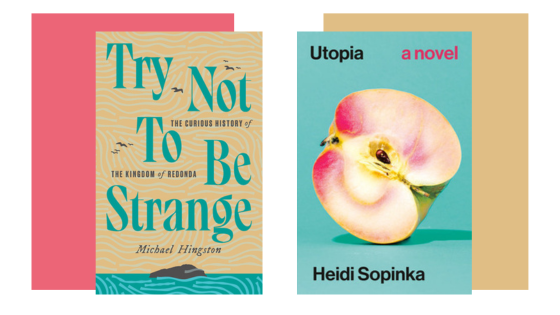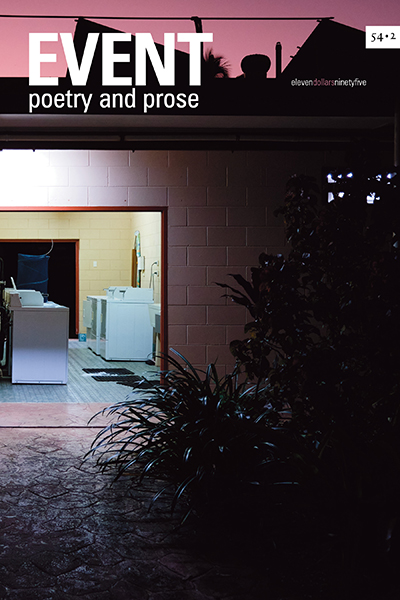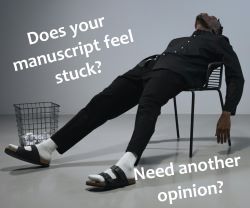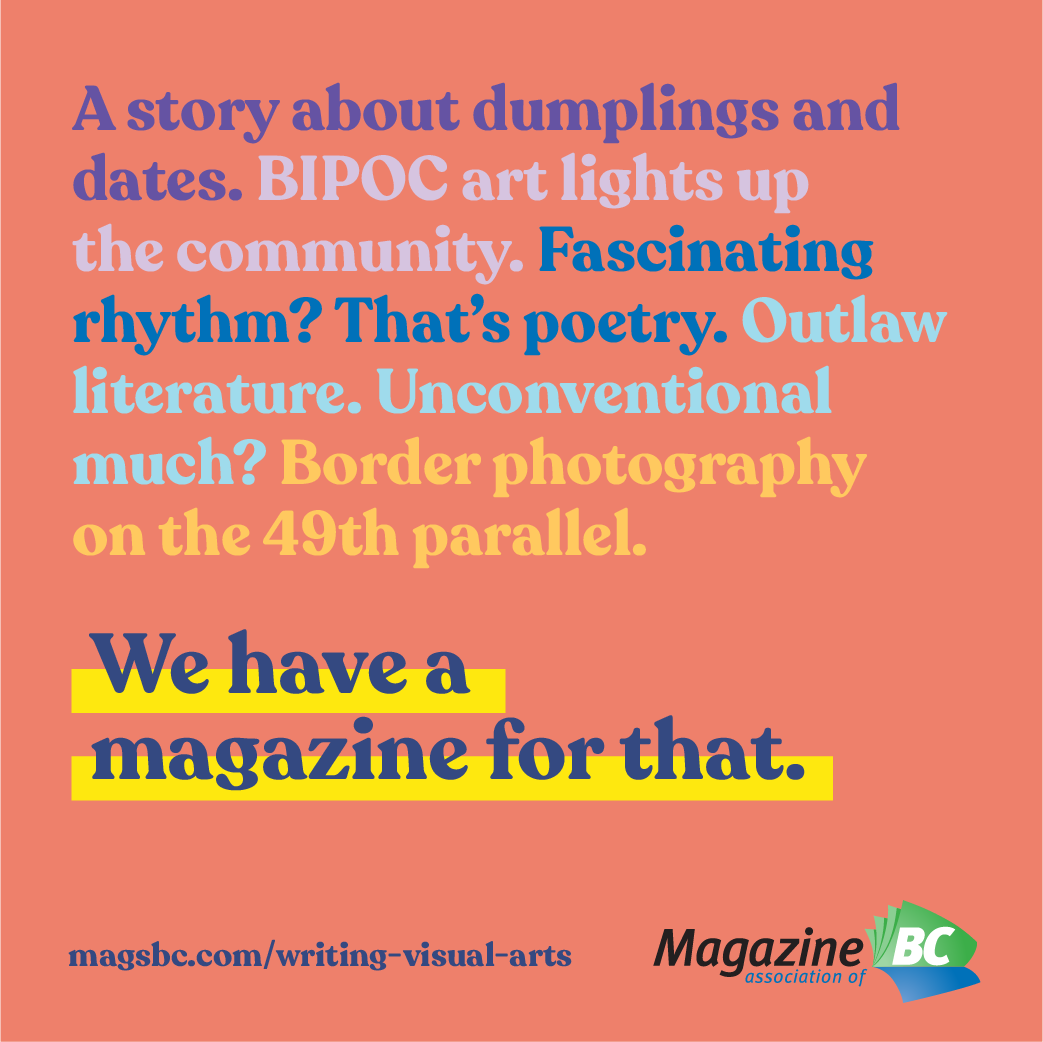Julien Farout Reviews New Novels for EVENT 52/1
Julien Farout Reviews:
Michael Hingston, Try Not to Be Strange, Biblioasis, 2022
Heidi Sopinka, Utopia, Hamish Hamilton, 2022
Michael Hingston’s Try Not to Be Strange is a work of non-fiction chronicling the all-too real and often absurd history of the island-made-kingdom of Redonda and its troupe of eclectic literary kings, barons and dukes. Utopia is a novel about women artists in 1970s Los Angeles. Both books constantly move between the real and the imaginary by playing with readers’ expectations. Indeed, Hingston’s story of literary royalty is often so outlandish that it strains credulity, while it’s hard to believe that Sopinka’s narrative—with its at times anxiety-inducing materiality, its moist Californian temperatures and sweaty bodies—is anything but real. Located about 20 kilometres from Montserrat, Redonda looks like an unimpressive big rock. Its ‘official history’ is similarly simple: it was mined by the British in the 19th century for its rich guano deposits. The island’s alternative narrative is much more exciting. In 1880, the father of Montserrat-born M. P. Shiel, mostly remembered today as a writer of early science fiction, purportedly claimed the island as his own and crowned his son, Felipe I, King of Redonda. This is the story traced by Hingston, who, in about 300 pages, carefully and colourfully lays out Redonda’s history, including the many writers who became associated with the kingdom, either as heirs or peers (the Spanish writer Javier Marías, who died last year, was one of the disputed kings). Shiel named John Gawsworth as his heir, but the writer and anthologist ushered in an era of instability for the kingdom. An alcoholic, he sold his titles to more than one person for drink money, creating strife that persists to this day, with prospective kings fighting for the throne.
The most interesting experience of reading Try Not to Be Strange is simply to come into contact with the fact of Redonda itself, while half suspecting that it’s not non-fiction at all but pure invention. Hingston advances chronologically in his subject, deviating to describe his own research process: the development of his obsession with Redonda, the slow accumulation of documents, which includes taking part in an online auction and visiting the University of Reading, and even a near-fatal trip to the island.
When it comes to the biographies of his literary kings, Hingston can meander for long stretches of time in the minutiae of their lives, conveying plenty of information but dampening our excitement in the process. While the facts are interesting, I would have appreciated more critical interpretation that contextualized Redonda’s political, social and literary commitments. For instance, what’s the connection between the alternative history of Redonda and the alternative literary history of which Shiel and Gawsworth were a part? In his day, Shiel was a well-known genre writer, but he was more of a literary hustler than anything, plagiarizing his own work and writing as quickly as possible to make money. The same can be said of Gawsworth, who spent his life anthologizing authors who had already become passé, out of a total rejection of what we now call ‘modernism,’ the dominant artistic movement of the era. An overarching interpretive perspective would have better served what can feel like a series of facts. The book does regain momentum towards the three-quarter mark, as it moves into the contemporary era, when the kingdom becomes the concern of not only a group of writers but also a few rich yachtsmen, who unscrupulously call the Kingdom of Redonda a ‘whole fraud,’ one they’re happy to exploit. Literary fun becomes a joke for the privileged few, giving new meaning to the kingdom. While King Xavier (Javier Marías) is distributing titles to literary personalities (including writers like Alice Munro and W. G. Sebald), the island is desecrated by King Christopher, who tags an old water cistern with the words ‘TERROR KINGDOM,’ supposedly inspired by the name of his yacht.
Funny that the island’s official purpose was salvaging animal excrement: Much like the scatological is used in satire, which aims to reveal the absurdity of serious affairs, the history of Redonda, with its national hymn, its state papers (all included in the book’s appendix) and its actual invasions, demonstrates the fickleness of institutions and the meaning they carry. Certainly, the book shows the lasting power of coteries, and how the investment of a chosen few in a specific belief can turn nothing into something.
Heidi Sopinka’s Utopia plunges us into the hot and humid climate of 1970s Los Angeles. The main character, Paz, is an artist in her 20s. She’s constantly sweating, her dress perpetually sticking to her body. Snakes and coyotes dwell in her garden. This emphasis on the physical mirrors Sopinka’s elegant prose, which almost obsessively clings to her protagonist, intimately conveying her thoughts, feelings, and embodied experience. The novel employs loops in time, blurred veils between truth and fiction and a disregard for the rules of reality to treat in a complex way a simple plot. Romy, an established artist, was married to a fellow artist named Billy. After Romy falls to her death in a dubious incident reminiscent of contemporary artist Ana Mendieta’s 1985 death, Billy marries Paz, who then takes over raising Romy and Billy’s baby, Flea.
For the most part, we follow Paz during the week Billy is away in Rome for an exhibition. The narration goes back and forth in time, highlighting Paz’s marginalized childhood, her development into an artist and her burgeoning obsession with Romy, whose journal she’s stolen from Billy. With Paz, we read Romy’s journal, retracing her footsteps. Utopia is a story about women told by women, demonstrated not only by its immense polyvocal cast of feminists (not unlike Gail Scott’s Heroine) and the long list of contemporary artists mentioned in the book’s acknowledgements, but also by its varying use of narration, which begins in the first person, switches to the third and ends up in a flourish with the second. I, she, you—a sort of narrative feminine triumvirate.
The novel asks us to think about the objectification of women and their automatic marginalization (which comes with its usual socio-economic consequences) at the hands of men. Throughout the book, these men are portrayed as eager participants in the oppression of women, vying to see who can come up with the crassest misogynistic platitude. These characters are perhaps the least original part of the novel and, as the plot moves along, can give the reading experience a sense of the predictable. The one exception is Sam, who is defined, interestingly, by quasi-muteness.
So, what utopia does the novel offer? One is a world in which women stop rooting against one another. In the novel’s cathartic scene, all the women answer Paz’s call to set up an immense light installation in the desert, inspired by Romy’s work. During the event, one of the artists states: ‘A relationship without any of the accompanying male bullshit? It’s about as close to a pretty decent definition of utopia I’ve ever known.’ When the fuse is lit, the artists ‘walk as if in formation, an army moving over sand dunes.’ In these moments, perhaps, we stumble upon a passing utopia but a utopia nonetheless—women working together for an artistic goal, their bodies focused and united, dramatizing the novel’s epigraph by Simone de Beauvoir: ‘The body is not a thing, it is a situation.’
The last part of the novel gives another, perhaps more nuanced view of utopia. We learn that Flea was also named Utopia, but that she ‘never, ever, used’ her name, which ‘was a stark reminder of an idealized time light years from this one.’ Considering that this takes place many years after Romy’s desert installation, and that it mirrors Romy’s initial predicament (‘I was thinking about how far away I was from the clean truth I wanted to live’), utopia seems unreachable. Or perhaps it is always lost, only to be found anew. The ancient Greek roots of utopia, after all, are ‘not’ and ‘place.’ I’m reminded of the thoughts of King Juan II, following the Second Shielian Discovery Expedition on the island of Redonda, who felt that ‘the realm ought to remain a figurative kingdom, an idea that lived in the minds of its court members and well-wishers, fuelled by books and poems and other documents, and celebrated always in absentia.’
— Julien Farout














